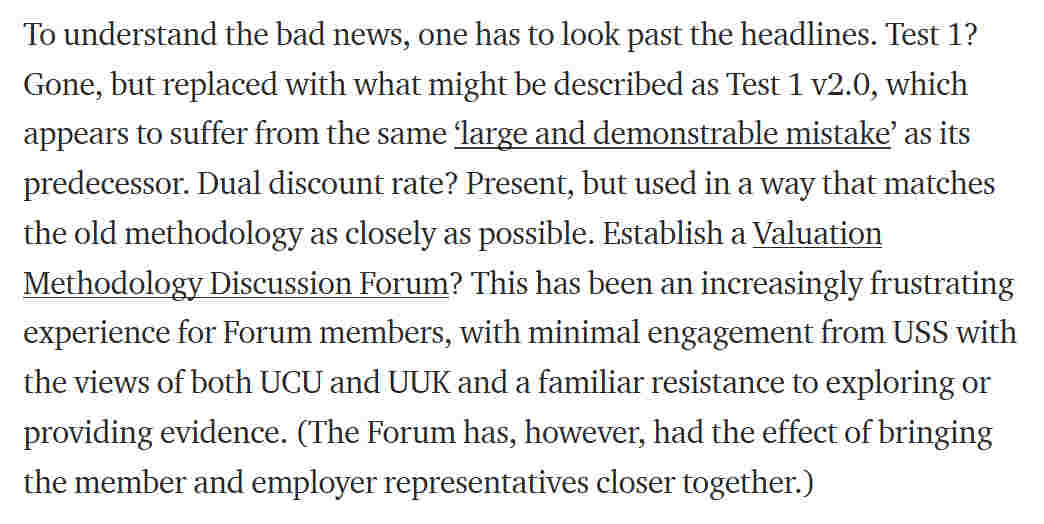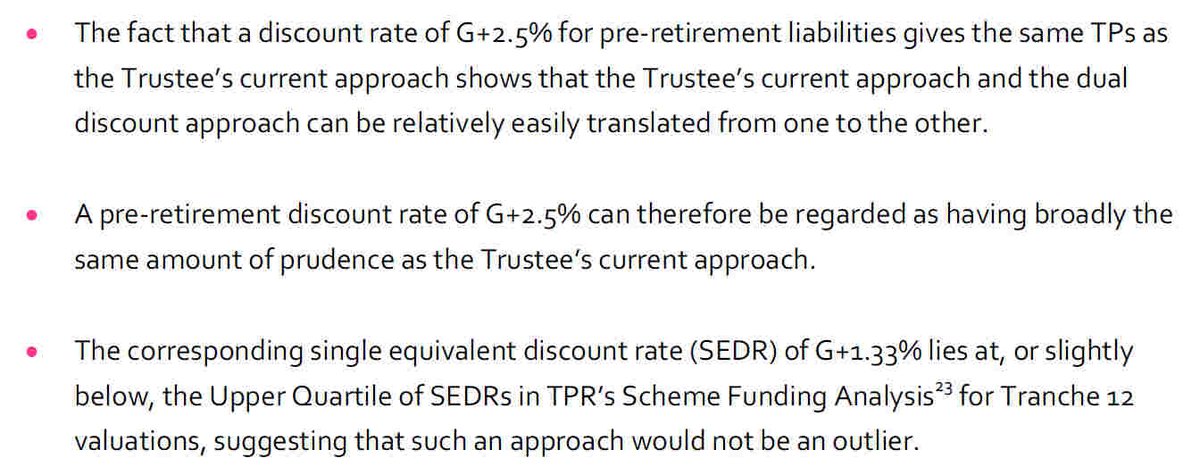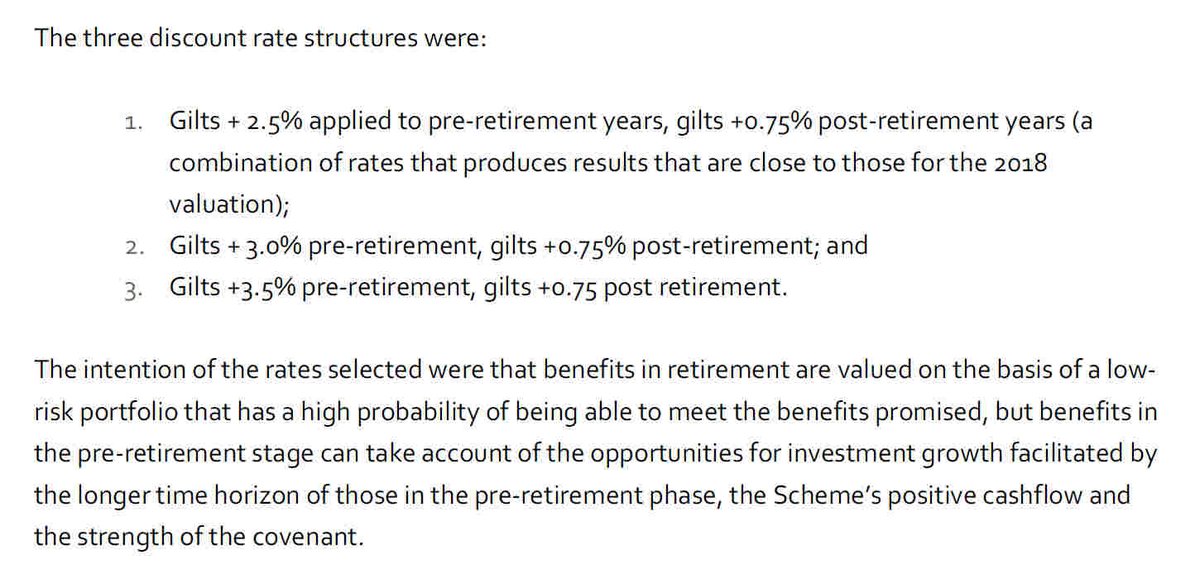medium.com/ussbriefs/the-…
1. The dual-discount rate they illustrate is a very close match for their old methodology;
2. Test 1 has been replaced by Test 1 v2.0;
3. We are still hitting a brick wall when it comes to evidence.
2/




What about Test 1?
8/








